|
|
||
|
Pro Tools
FILMFESTIVALS | 24/7 world wide coverageWelcome ! Enjoy the best of both worlds: Film & Festival News, exploring the best of the film festivals community. Launched in 1995, relentlessly connecting films to festivals, documenting and promoting festivals worldwide. Sorry for the interruption, we needed to correct and upgrade some modules. Working on a new website. For collaboration, editorial contributions, or publicity, please send us an email here. You need for put your full detail information if you want to be considered seriously. Thanks for understanding. User login |
Editor
THE NEWSLETTER REACHES 171 000 FILM PROFESSIONALS EACH WEEK (december 2023) .Share your news with us at press@filmfestivals.com to be featured. SUBSCRIBE to the e-newsletter.
MEET YOUR EDITOR Bruno Chatelin - Check some of his interviews. Board Member of many filmfestivals and regular partner of a few key film events such as Cannes Market, AFM, Venice Production Bridge, Tallinn Industry and Festival...Check our recent partners. The news in French I English This content and related intellectual property cannot be reproduced without prior consent.  Michelangelo Antonioni Il maestro del cinema modern An Eye exhibition in Amsterdam
Michelangelo Antonioni – Il maestro del cinema moderno, from 12 September 2015 to 17 January 2016 at EYE, IJpromenade 1, Amsterdam, eyefilm.nl/antonioni From 12 September 2015 to 17 January 2016, EYE is presenting Michelangelo Antonioni – Il maestro del cinema moderno, an exhibition about one of the foremost innovators in film from the last century. The exhibition shows how Antonioni renewed the grammar of film by thinking in terms of the image and less in terms of narrative. He was one of the first film authors who tried to capture the state of mind of characters searching for meaning by framing them in a particular way in a striking mise-en-scène. “Each square centimetre of the image is essential,” asserted Antonioni. The exhibition contains film fragments, photos by press photographers from Magnum, set photos, letters from Marcello Mastroianni, Jeanne Moreau and Umberto Eco, and paintings by Antonioni. Antonioni’s films will be screened in the auditoriums and accompanied by special programmes.
With his famous trilogy L’avventura (1960), La notte (1961) and L’eclisse (1962) – all featuring his muse Monica Vitti – Antonioni became one of the leading directors of the last century. A stylistic perfectionist, he renewed the grammar of film. He conveyed estrangement and faltering communication between lovers with sophisticated mise-en-scène and wonderfully framed, desolate shots of industrial and desert landscapes. Narrative, dialogue and action were of lesser importance to him.
L’avventura (1960) ranks as a turning point in the history of film and the start of modern cinema. The director succeeded in translating the sense of malaise among the affluent middle class into oppressive images. It was deemed outrageous that, during a boat trip right at the start of L’avventura, the celebrated actress Lea Massari was made to disappear from the story. The film received fierce criticism at its premiere in Cannes, where leading actress Monica Vitti left the screening in tears. Nonetheless — after a campaign of support from fellow directors who immediately recognized the importance of the film – the film still won the jury prize.
After Il deserto rosso (1963), unhappy with the political climate and mood of lethargy in his home country, the director left Italy to make films abroad. He was nominated for Oscars for Best Director and Scenario for his box-office hit Blow-up (1966). Set in Swinging London, the film is about a paranoid fashion photographer and the impossibility of knowing the truth, with music by The Yardbirds and Herbie Hancock. He then left for the United States, where he made Zabriskie Point (1970), a sociocritical film shot in the Death Valley desert with a soundtrack that included Pink Floyd and The Rolling Stones. Both films are powerful portraits of their time, effectively capturing the emerging pop culture and social dissatisfaction of the era. Antonioni went on to direct the sensual Identificazione di una donna (1982, Golden Palm nomination) and Al di là delle nuvole (1995, co-directed by Wim Wenders).
More about the director Michelangelo Antonioni (1912-2007) started his career during the Second World War when he co-wrote scenarios for Roberto Rossellini and worked as an assistant director for Marcel Carné. In 1951 he made his directing debut with the film noir Cronaca di un amore. He later shifted from realistic representation to a more philosophical style. Antonioni probed the human soul and did it in a totally innovative manner.
With the trilogy L’avventura (1960), La notte (1961) and L’eclisse (1962), followed by Blow-up (1966) and Professione: reporter (1975, with Jack Nicholson), Antonioni reinforced his position as a prominent director. In Il deserto rosso (1963), his first film in colour and set in the industrial, misty landscape of the Po Valley, he even added paint to lawns and trees to intensify the colours. He later received an Honorary Oscar for his entire body of work. Antonioni’s films inspired countless film-makers, among them Godard, Scorsese, Tarkovski, Kurosawa, Wong Kar-wai and Tsai Ming-liang. On top of that, he influenced writers and artists such as Umberto Eco, Roland Barthes and Jeff Wall. The director died at the age of 94.
About the exhibition Michelangelo Antonioni – Il maestro del cinema moderno presents a selection of the many private documents preserved by the Gallerie d'arte Moderna e Contemporanea, Museo Michelangelo Antonioni di Ferrara. The exhibition offers insight into his work and shows how Antonioni changed the language of film for good.
The exhibition contains film excerpts, photographs taken on sets by Bruce Davidson (Magnum) among others, press articles, original scenarios and letters (by Alain Delon, Italo Calvino, Marcello Mastroianni, Jeanne Moreau, Roland Barthes, Luchino Visconti, Umberto Eco, Giorgio Morandi and more). Also on display are paintings by Antonioni as well as excerpts from early Antonioni documentaries – Gente del Po and N.U. - Nettezza Urbana – and the documentary made by Antonioni in 1972 at the invitation of the Chinese Communist Party.
Accompanying the exhibition is an extensive programme of films, talks and events in the auditoriums.
The exhibition is curated by Dominique Païni in collaboration with Jaap Guldemond, Director of Exhibitions/Curator EYE, with the assistance of Maria Luisa Pacelli (Director, Gallerie d’arte moderna e contemporanea di Ferrara) and Barbara Guidi (Chief curator, Gallerie d'Arte Moderna e Contemporanea di Ferrara).
Exhibition concept by Fondazione Ferrara Arte and Gallerie d’Arte Moderna e Contemporanea-Museo Michelangelo Antonioni di Ferrara, in collaboration with Fondazione Cinetecca di Bologna. 30.06.2015 | Editor's blog Cat. : PEOPLE
|
LinksThe Bulletin Board > The Bulletin Board Blog Following News Interview with EFM (Berlin) Director
Interview with IFTA Chairman (AFM)
Interview with Cannes Marche du Film Director
Filmfestivals.com dailies live coverage from > Live from India
Useful links for the indies: > Big files transfer
+ SUBSCRIBE to the weekly Newsletter DealsUser imagesAbout Editor Chatelin Bruno Chatelin Bruno (Filmfestivals.com) The Editor's blog Be sure to update your festival listing and feed your profile to enjoy the promotion to our network and audience of 350.000. View my profile Send me a message The EditorUser pollsUser contributions |

















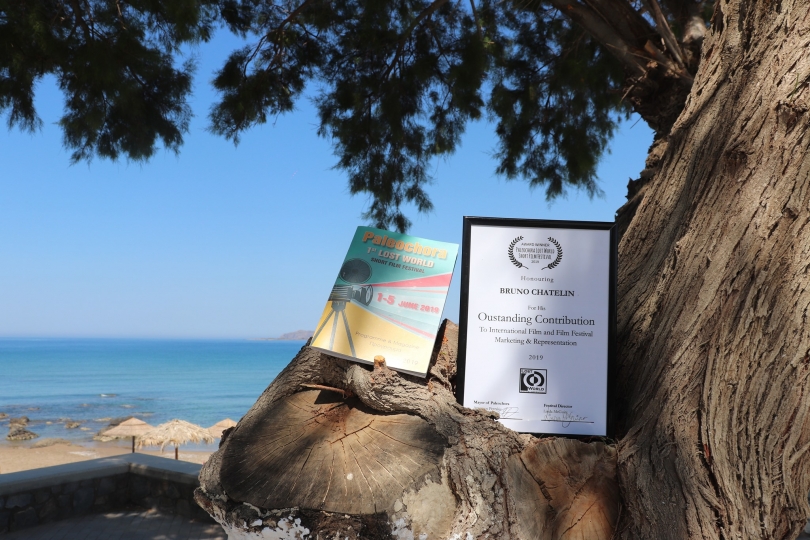
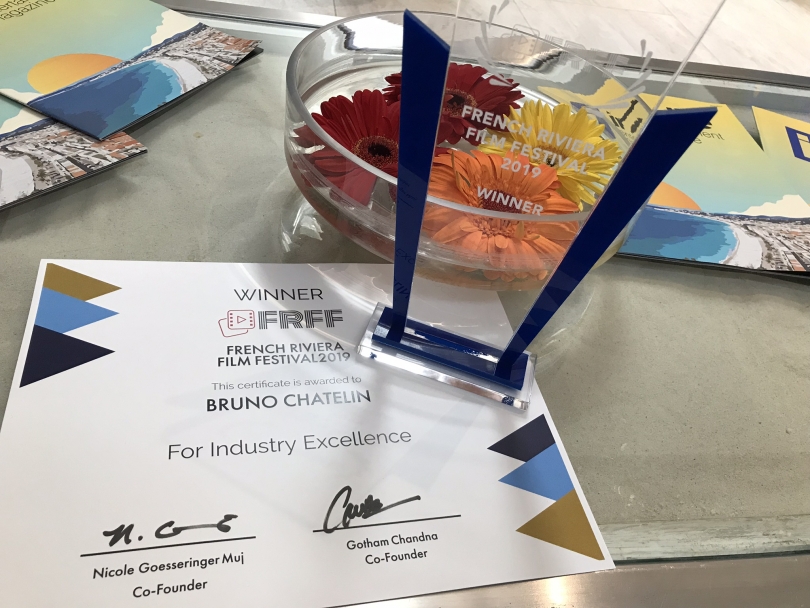
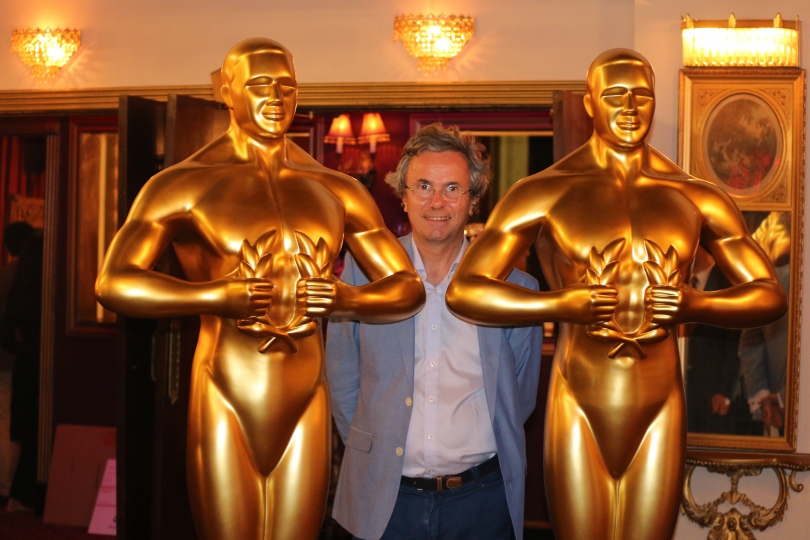
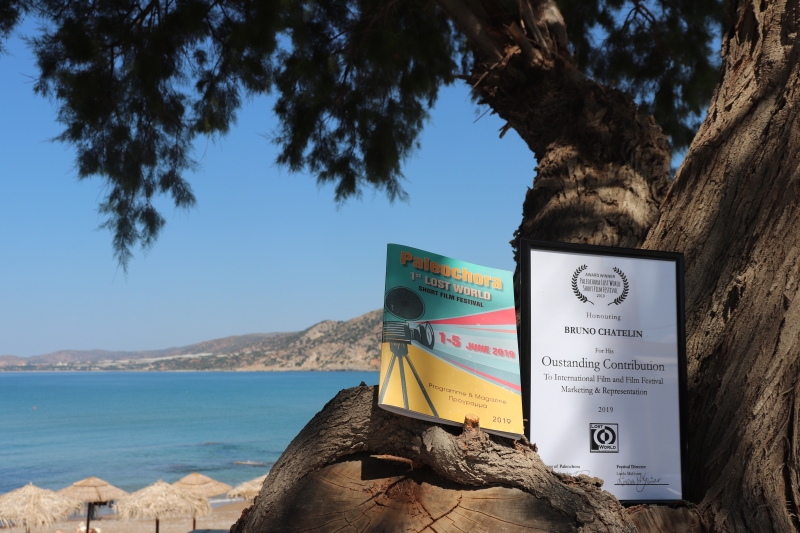
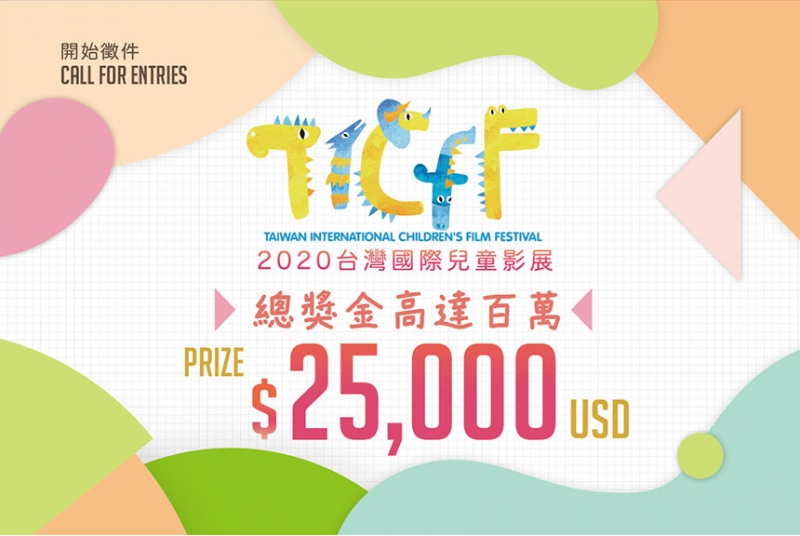
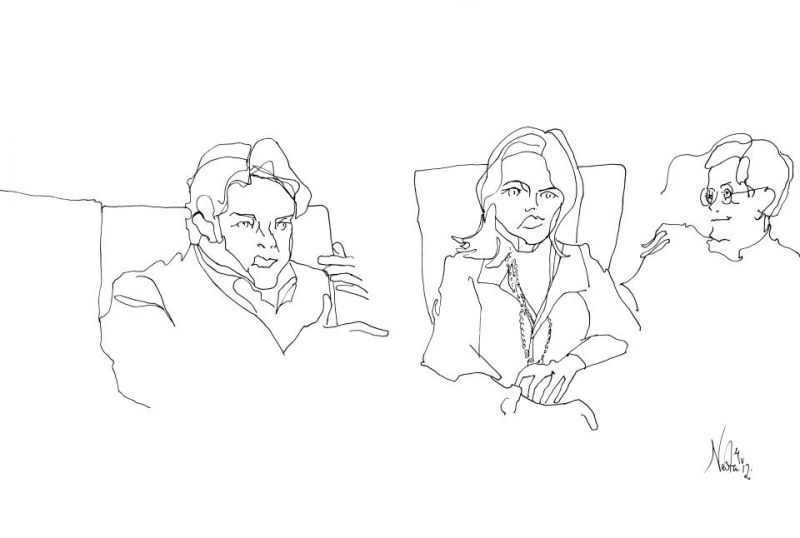
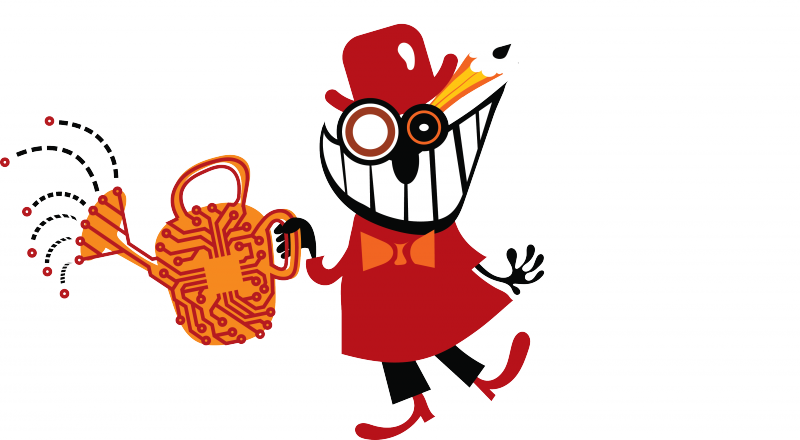
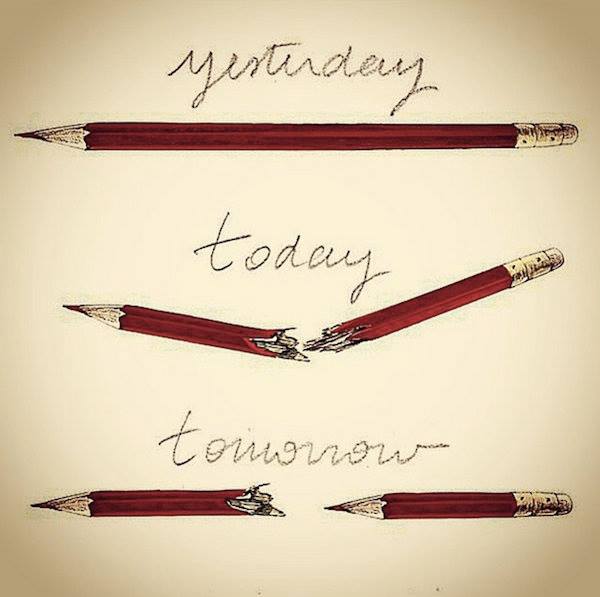
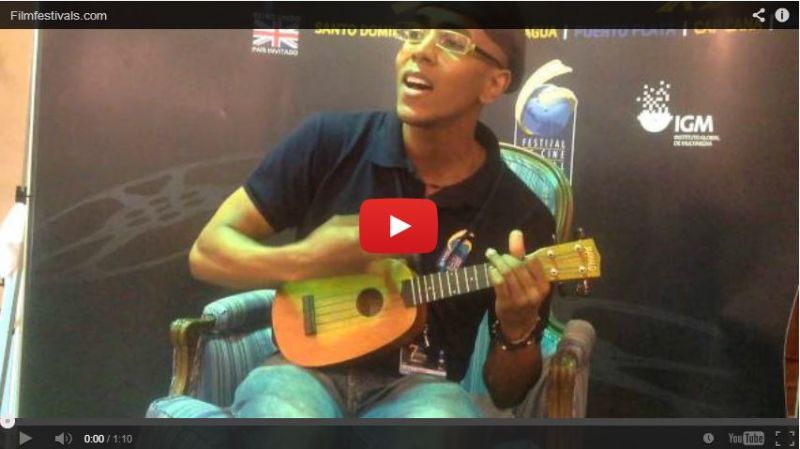




Comments (1)
Which statement is correct?
Which statement is correct? Does either of you recognize this person? Do either of you recognize this person? I thought it's "does" because "either" is singular, but it just doesn't sound right when I say it that way, and I wish I had grammar corrector vancouver wa to tell me which is right. The traditional rule holds that either should be used only to refer to one of two items and that any is required when more than two items are involved.